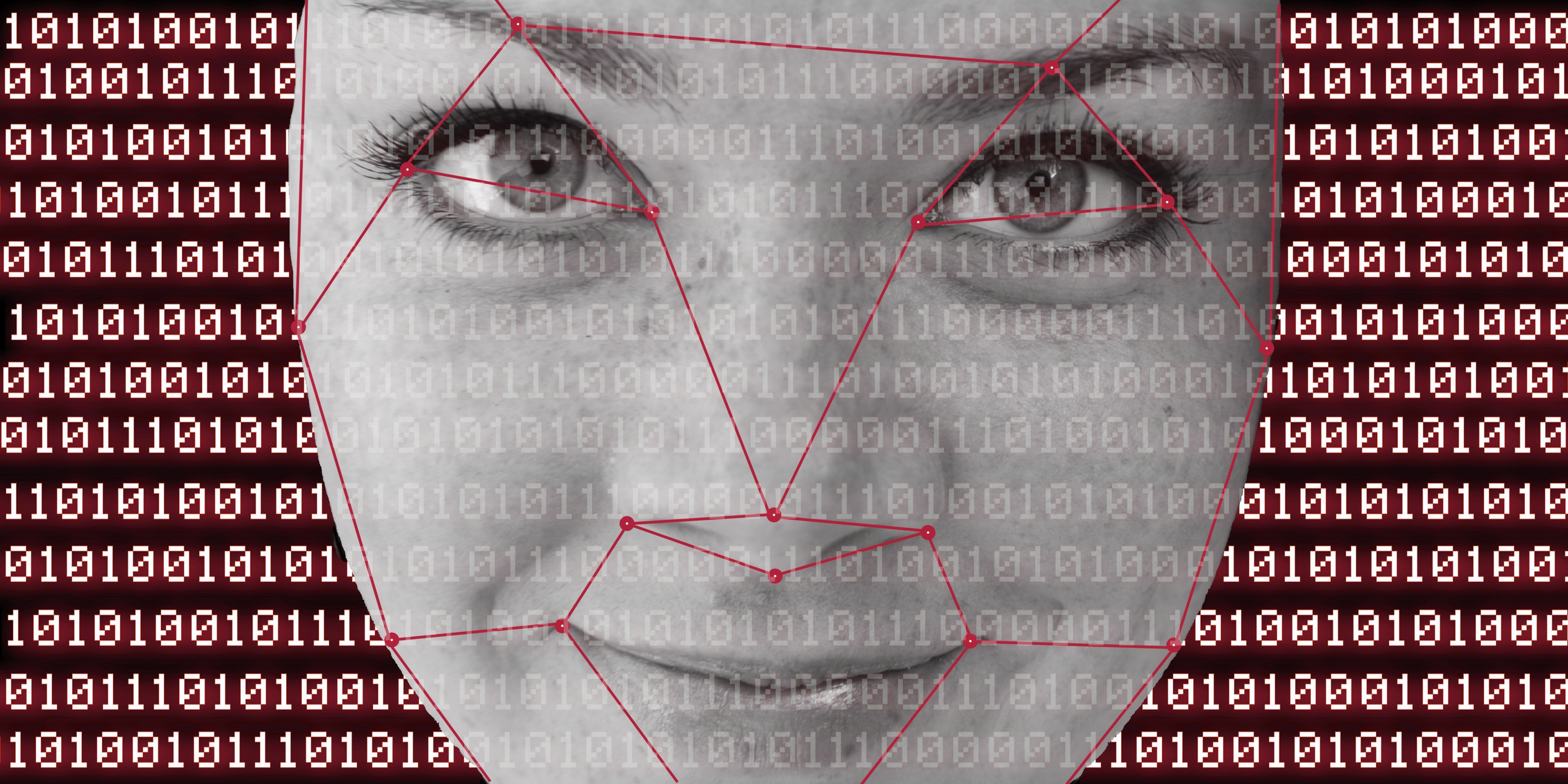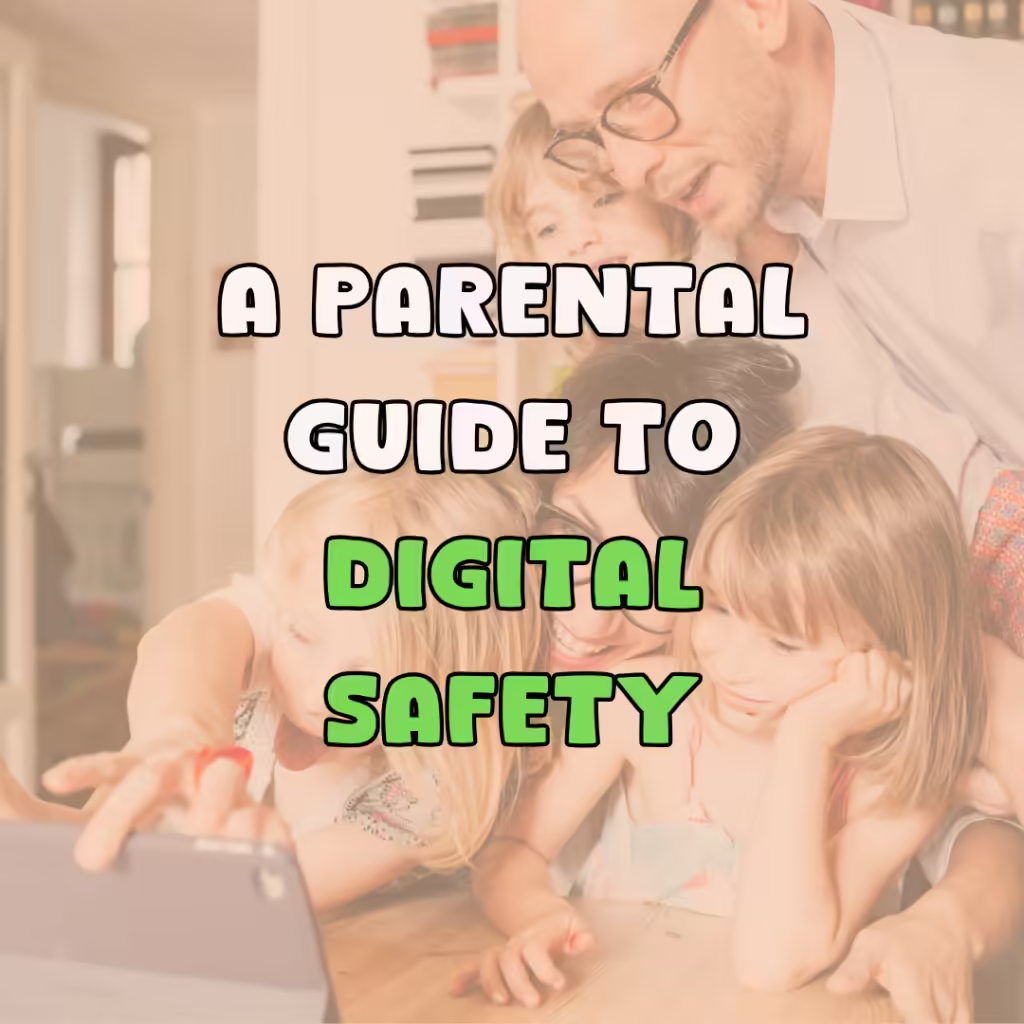Protecting Kids from Deepfakes: A Parental Guide to Digital Safety
Why Deepfake Child Safety Matters in 2025

As artificial intelligence (AI) evolves, so do the risks it brings—especially for children online. One of the most alarming threats is the rise of deepfakes: AI-generated videos, images, and audio that look and sound real but are completely fake. While some deepfakes are harmless fun, others can be used for cyberbullying, spreading misinformation, or even identity theft. This parental guide to deepfakes will help you understand the risks and give you actionable steps to protect your kids in the digital age.
What Are Deepfakes and Why Are They a Growing Concern for Kids?

The Rapid Evolution of Deepfake Technology
Deepfake technology has advanced rapidly, making it harder than ever to spot fake content. Recent studies show that 1 in 10 teenagers has already encountered deepfake content online—often without realizing it. Since 2017, tools using generative adversarial networks (GANs) have made it easy for anyone to swap faces or manipulate media, sometimes with harmful intent.
Deepfake Risks for Children and Teens

- Cyberbullying: Deepfakes can be used to create embarrassing or explicit content targeting children. For example, a 15-year-old’s Instagram photo was recently turned into a nude deepfake and shared at her school.
- Misinformation: Fake videos of public figures or even school staff can spread quickly, causing confusion and panic.
- Identity Theft: AI-generated content can impersonate children, leading to scams or exploitation.
A 2022 study found that inappropriate deepfake content increased by 550% from 2019 to 2022 (Gamage et al., 2022). The psychological and emotional impact on children can be severe, making deepfake child safety a top priority for parents and educators.
Actionable Steps for Parent to Protect Children from Deepfakes

1. Use Parental Controls and Deepfake Detection Tools
Modern parental control apps can help you monitor your child’s online activity and flag suspicious content. Top tools for deepfake protection in 2025 include:
- Qustodio: Monitors multiple platforms and sends real-time alerts for inappropriate content.
- Bark: Uses AI to scan texts, social media, and emails for threats like deepfake cyberbullying.
- Mobicip: Offers content filtering, screen time management, and website blocking.
These tools empower you to stay informed without invading your child’s privacy.
Latest Technology and Tools for Deepfake Detection

- AI-Powered Deepfake Detection: Tools like Microsoft Video Authenticator, Sensity AI, and Sentinel analyze videos for manipulation.
- Blockchain Verification: Some platforms use blockchain to verify the authenticity of images and videos.
- Watermarking and Digital Fingerprinting: New tools embed invisible marks in original content, making it easier to trace and verify.
Tip: Regularly update your apps and devices to access the latest security features.
2. Teach Kids to Recognize Deepfakes and Practice Media Literacy

Media literacy is your child’s best defense against deepfakes. Here’s how to build those skills:
- Explain Deepfakes: Show your child harmless deepfake videos (like celebrity impersonations) and discuss how they’re made.
- Encourage Skepticism: Teach kids to look for signs of fake content, such as unnatural movements or mismatched audio.
- Promote Fact-Checking: Introduce them to trusted fact-checking sites like Snopes and tools like Google’s reverse image search.
Research shows that with the right knowledge, children can learn to spot and question manipulated media (Naffi et al., 2023).
Enhance Media Literacy with Our Free Online Kids Book Club!

Looking to build these critical thinking skills in a fun, engaging way? Join our free online kids book club, where we discuss stories that help children understand important concepts like truth, integrity, and digital citizenship! Our book club works hand in hand with our YouTube channel StorytimeWithKaryn, featuring low-stimulation animations that bring children’s books to life and discuss morals and themes with the characters themselves.
Visit changetheworldwithkaryn.com for free educational resources including printable worksheets via our book club. Kids can also become part of our community by submitting their drawings, which we proudly display in the slideshow on our homepage. It’s a safe, engaging way for children to experience the positive side of digital connectivity!
3. Share Real-Life Deepfake Examples

Seeing is believing. Discuss real-world cases, such as:
- A viral deepfake video of a politician endorsing a scam cryptocurrency in 2025.
- A fake video of a school principal making inappropriate comments, which caused panic before being debunked.
Use these stories to highlight the importance of verifying information before sharing it.
4. Set Boundaries for Online Sharing

Kids often share photos and videos without realizing they could be misused for deepfakes. To minimize risk:
- Encourage private social media profiles.
- Teach them not to share images or videos with strangers.
- Discuss the permanence of digital footprints and how shared content can be manipulated.
5. Foster Open Communication About Deepfake Risks

Create a safe space for your child to talk about their online experiences:
- Encourage them to report suspicious content or activity.
- Answer their questions about deepfakes and online safety.
- Offer support if they become victims of deepfake bullying or harassment.
A recent report found that while 75% of parents worry about deepfakes, only 42% have discussed the issue with their kids (Norris, 2024). Open communication is key to deepfake child safety.
Step-by-Step Checklist: Deepfake Safety for Families

- Set up parental controls and monitoring tools.
- Discuss deepfakes and show safe examples.
- Teach kids to question suspicious content.
- Encourage private social media profiles.
- Remind kids not to share images/videos with strangers.
- Practice reporting and blocking suspicious content.
- Keep communication open about online experiences.
Legal and Policy Updates: What Parents Need to Know

- New Legislation: Many countries are introducing laws to ban harmful deepfake tools and prosecute offenders, especially those targeting minors.
- Reporting Mechanisms: Social media platforms are required to provide ways to report deepfake content.
- School Policies: Schools are updating digital safety policies to include deepfake awareness and response protocols.
Stay Informed: Check your local government and school district websites for the latest updates on digital safety laws and policies.
School and Community Involvement

Protecting children from deepfakes is a team effort. Here’s how schools and communities can help:
- Digital Literacy Programs: Schools should teach students how to recognize and respond to deepfakes.
- Workshops for Parents and Kids: Community centers and libraries can host events on digital safety and media literacy.
- Collaboration: Parents, teachers, and local organizations can share resources and strategies for keeping kids safe online.
Action Step: Ask your child’s school about their digital safety curriculum and suggest adding deepfake awareness if it’s not already included.
Empowerment and Resilience Strategies

Beyond technology, building your child’s confidence and critical thinking is key:
- Encourage Critical Thinking: Teach kids to ask questions about what they see online and to verify information before sharing.
- Open Communication: Make sure your child feels comfortable coming to you with concerns about online content.
- Emotional Support: If your child is targeted by a deepfake, offer reassurance and help them understand it’s not their fault.
Resilience Tip: Role-play scenarios with your child so they know how to respond if they encounter suspicious or hurtful content.
Frequently Asked Questions: Deepfake Child Safety

How can I tell if a video of my child is a deepfake?
Look for unnatural facial movements, mismatched audio, or inconsistencies in lighting. Use deepfake detection tools or consult with experts if you’re unsure.
What should I do if my child is targeted by a deepfake?
Document the evidence, report it to the platform, and contact local authorities if necessary. Many parental control apps can help you track and report incidents.
Are there laws protecting children from deepfakes in 2025?
Laws are evolving, but many countries are introducing regulations to ban harmful deepfake tools and prosecute offenders. Stay informed about local legislation.
Resource List and Further Reading
Trusted Resources:
- Common Sense Media: Deepfakes and Kids
- ConnectSafely: Parent Guides
- StopBullying.gov
- Cyberbullying Research Center
- Family Online Safety Institute
Reporting Deepfakes:
The Bigger Picture: Advocating for Safer Digital Spaces
While parents play a crucial role, schools, governments, and tech companies must also step up:
- Education: Schools should teach digital literacy and deepfake awareness.
- Legislation: Governments need to regulate AI and ban harmful deepfake apps.
- Industry Responsibility: Tech companies should improve age restrictions and detection tools.
By working together, we can create safer online environments for all children.
Empowering Kids to Outsmart Deepfakes
Deepfakes are here to stay, but with awareness and proactive steps, you can protect your child from their risks. Use parental controls, teach media literacy, and keep the conversation open. Together, we can ensure our children are prepared to navigate—and outsmart—the digital world.
A BIG thank you to our intern, Jefferson, for all the research that went into writing this article!
References
- Gamage, D., Ghasiya, P., Bonagiri, V., Whiting, M. E., & Sasahara, K. (2022). Are deepfakes concerning? analyzing conversations of deepfakes on reddit and exploring societal implications. CHI Conference on Human Factors in Computing Systems, 1–19. https://doi.org/10.1145/3491102.3517446
- Laczi, S. A., & Póser, V. (2024). Impact of deepfake technology on children: Risks and consequences. 2024 IEEE 22nd Jubilee International Symposium on Intelligent Systems and Informatics (SISY), 215–220. https://doi.org/10.1109/sisy62279.2024.10737593
- Naffi, N., Charest, M., Danis, S., Pique, L., Davidson, A.-L., Brault, N., Bernard, M.-C., & Barma, S. (2023). Empowering youth to combat malicious deepfakes and disinformation: An experiential and reflective learning experience informed by personal construct theory. Journal of Constructivist Psychology, 38(1), 119–140. https://doi.org/10.1080/10720537.2023.2294314
- Norris, S. (2024). 75% of parents fear the dangers AI deepfakes pose to their children, according to New Research. Parents worried about risk AI and deepfakes pose children. https://www.stylist.co.uk/news/deepfakes-ai-parents-children-risk/904414
- Seera, M., & Karim, R. (2025, February 26). The rising danger of AI-generated child exploitation. Monash Lens. https://lens.monash.edu/@politics-society/2025/02/25/1387341/digital-child-abuse-deepfakes-and-the-rising-danger-of-ai-generated-exploitation



